
Metro Centre
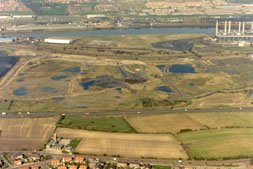
Before construction
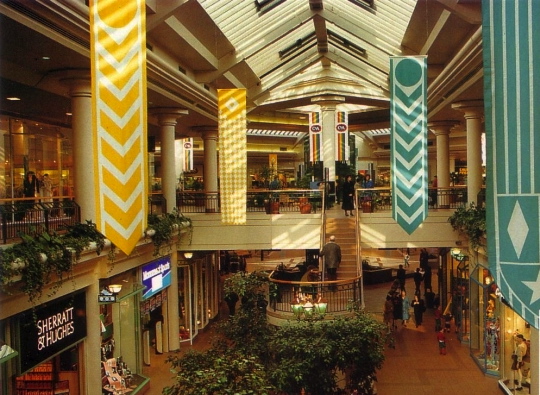
After construction
In 1980 few people realised that, when a power station’s waterlogged ash dump on the outskirts of Gateshead was chosen for development, the North East of England would be pioneering a retail revolution.
The concept, planning and design were essentially
very simple. The aim was to provide a shopping and leisure centre that
combined the best of North American innovation with all the lessons
learned from centuries of European shopping tradition.
1981 The former Power Station site became an Enterprise Zone.
1984 John Hall and Gateshead MBC launched their proposed
development. One of the first national retailers to sign was M&S.
Gateshead MBC and the Department of the Environment built vital access
roads linking to the A69 Western Bypass (now the A1). Building began.
Since opening in 1986, Metrocentre has become more than bricks and
mortar. It is now part of the social fabric of the region where people
come to meet as well as shop.
1987 Blue mall, yellow mall and Bus Station opened. Blue multi storey car park and railway station opened. UCI Cinema opened.
1988 MetroLand opened. Roman Forum (now The Forum) opened.
1991 John Hall received a knighthood and became Sir John Hall
Advertisement
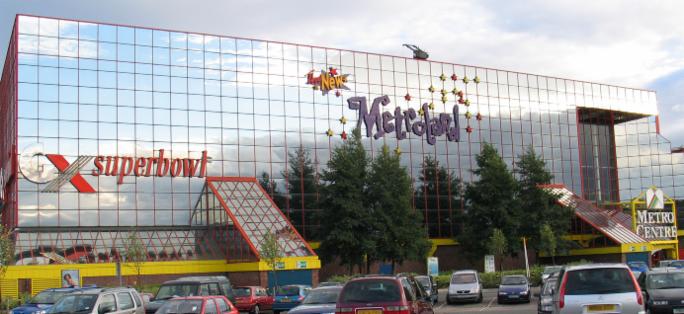
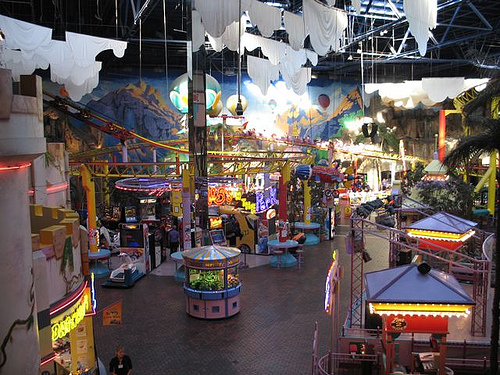
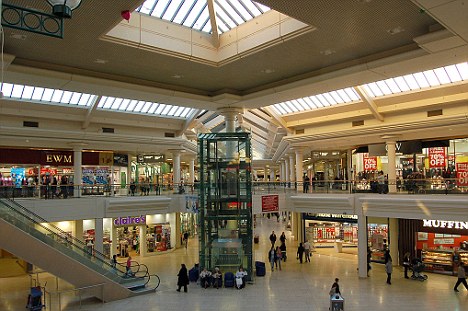
1989 Mediterranean Village (now Metrocentre Qube) opened. GX Superbowl opened. 350 bay Coach Park opened.
1990 A1 Western Bypass opened.
2000 Secretary of State grants consent to extend the Centre to include
Debenhams, up to 27 additional shop units and a multi-storey car park.
2002 Demolition of the old Asda site begins and the building of the
new Red Mall and Debenhams Department Store and the new Public Transport
Interchange begins.
2004 Opening of the new Public Transport Interchange Wednesday 6th
October – Re-launch of Metrocentre and Opening of the new Red Mall.
Metrocentre becomes the largest shopping and leisure centre in Europe
once again.
The Metro Centre photos and info are brought to you by
The Felling Heritage Group